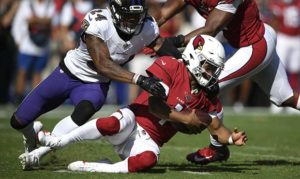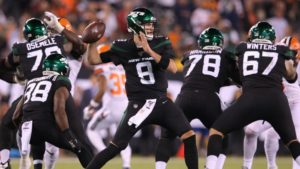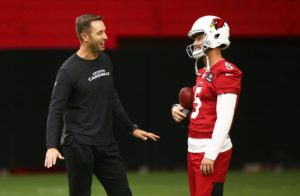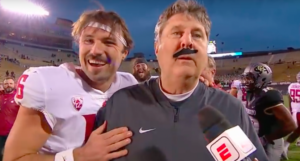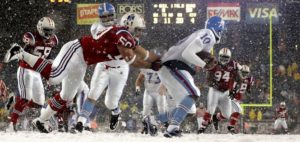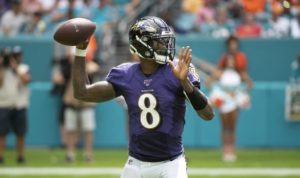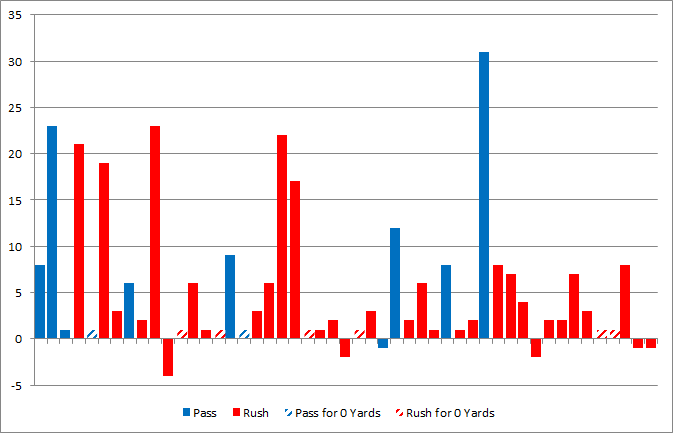In 1977, the Kansas City Chiefs went 2-10. This was during one of the worst passing seasons in NFL history, the season that encouraged the 1978 rules changes. Quarterback Mike Livingston went 1-10 as the starter and he was about as bad as his record. Kansas City brought him back as the team’s starter in 1978, but changed coaches, bringing in Marv Levy. The future Bills coach inherited a terrible team in Kansas City that was particularly inexperienced on defense: all three starters on the defensive line were rookies, as was one of the linebackers; two other starters were ’77 draft picks, and another two starters were 24-year old players drafted in 1976. That’s 8 of 11 starters on defense that were 24 or younger, to go with a a bad passing attack centered around Livingston, and WRs Henry Marshall and Larry Dorsey.
So what did Levy do? He decided to install the Wing-T offense, centered around three halfbacks, a tight end, and Marshall at split end. Kansas City had Tony Reed as the starting halfback, Arnold Morgando as the fullback, and Ted McKnight as the Wingback as part of a ball-controlled offense designed to keep the young defense (and weak passing game) off the field. But on October 1st, 1978, it was veteran backup Macarthur Lane — with the emphasis on veteran — that powered the offense. Lane rushed 17 times for 144 yards in a game where Livingston and backup Tony Adams combined to complete 9 of 21 passes for just 83 yards.
So why is this noteworthy today? Well, on October 1st, Lane was 36 years and 199 days old. Playing in that Wing-T offense, he became the oldest player to ever rush for 100 yards in a game. And yesterday, Frank Gore nearly matched him. The ageless Gore rushed 17 times for 109 yards in a Bills loss to the Patriots. He wasn’t aided by a Wing-T offense, but the 36 year, 138-day old back did his best to keep the Bills alive on a day where the passing attack was a disaster (averaging 1.22 ANY/A).
And historians, take note: Gore will be 36 years and over 200 days old for the Bills four games in December, making him eligible to set the new record for the oldest player to rush for 100 yards in a game. [continue reading…]

